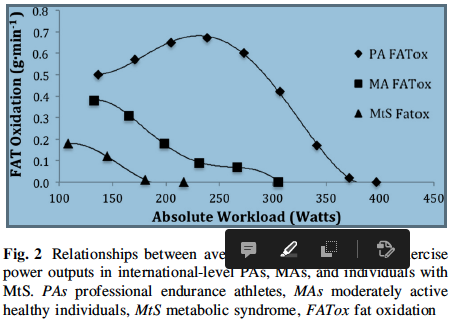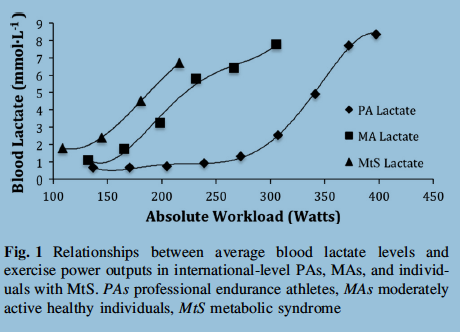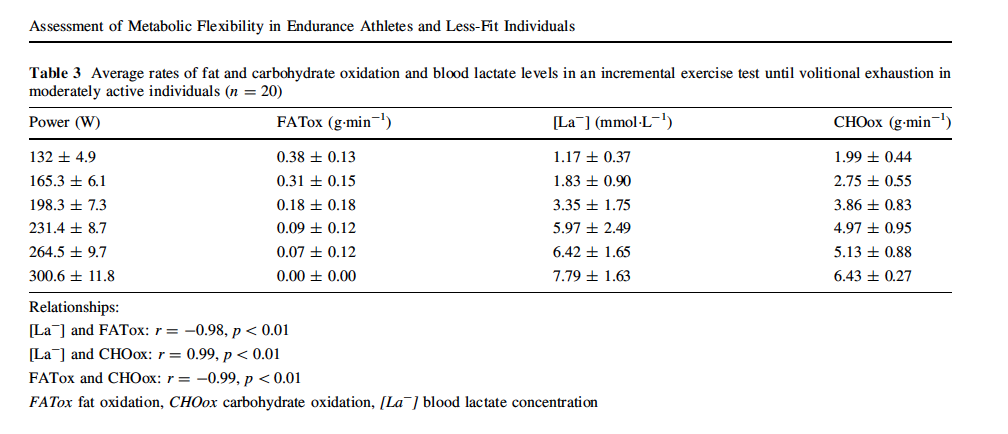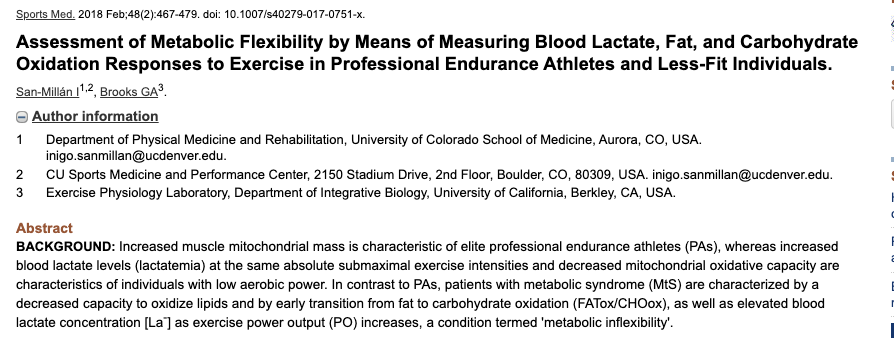After wandering around my brain a bit at the end of the year, I’m back on the coaching track with this one…

I loved every physiology class I took, but I really loved the Exercise Physiology! Dr Seals and Dr Byrnes are the two that come to mind from my University days. Ex Phys and Special Topics in Ex Phys were both hugely formative for me. We used Brooks and Fahey, but the thing I recall is the expansion on topics that came up. Other studies that might be done, possible graduate work, tying together theories in hope of an answer.
That said, I’ve also been fortunate to see and hear presentations from a wide variety of thought leaders and experts across the intervening decades since graduation and I have to say that the recent podcast with Dr Attia interviewing Dr Inigo San Milan was a real bit of fun!
It’s long – about 3 hours, and it covers a wide swath of the fundamentals of exercise physiology and energy production – but I found a couple of the approaches offered to be novel and uniquely informative. Specifically when Dr San Milan delves into his thinking on training zones. The crux of the podcast is built around research conducted by Dr San Milan and the aforementioned Dr Brooks looking at the role of mitochondria in elite athletes, recreational athletes, and those with Type II diabetes. Interesting enough that I had to dig out the research and read it myself – so here we go!

We’ve all riffed on lactate threshold, debated the validity of FTP, and pushed polarization, sweet spot, HIT workouts for appropriate audiences, etc. All of those are based off of the idea of lactate threshold to some degree. Brooks and San Milan wanted to look at carbohydrate and fat oxidation as a means of assessing intracellular flexibility across energy systems for ATP production; for example by lactate reabsorption, shown viaFAT oxidation (FATox) rates, as very efficient, limiting residual lactate to reach bloodstream/LT2 onset.
The Type II diabetes patients provided the counter point. Among the limitations of the Type II (T2DM) group are theorized lower mitochondrial electron chain capacity and less adapted sarcolemma, possibly weakening the overall ability to grow, but not eliminating it as seen by their improvement in FATox over the course of the workload when moving thru the sub 2mmol concentration, eg.. they too show might show improvement with structured sdtraining.
One interesting thing was the amplitude of the professional riders efficiency and capacity compared to the recreational and type II participants. especially with regard to FAT oxidation rates (via RER) at higher workloads. They were just levels higher. Amateur and unwell showed similar improvements trending across the test, but the Pro’s just do it way better!

The key thing to me was the establishment that the work done just under the commonly referenced 2mmol threshold for move to a curvelinear relationship – ergo at the time of maximal lactate reabsorption, in a primarily aerobic environment – just before you get to threshold. The trick is to find that work load that gets you that result without going over because CHO starts to build quickly as an energy source

We maximize mitochondrial development via demand and subsequent adaptation the body naturally resets towards homeostasis. Once you’ve reached “lactate threshold” – or LT2 as defined here, and proximal to MLSS, OBLA, FTP, and like terminology, etc. you’re already somewhat heavily into non-robic energy systems like CHO and PCr – not really your FATmax point anymore, so we gotta dial it down a bit more.

Again the trick is finding that value. Lactate testers allow easy sampling of blood for La values during a graded execise test. While the most common graded test is 20-30W/min ramp rate, It seems that longer run times for stages, 35W increase every 10 minutes, allows for more stabilization of the systems and easier interpretation of cross over points via RER as we are likely looking for La concentrations in the 1.5 – 1.9m/mol range ideally for establishing FATmax, although we can estimate moderately well if we get a good 2m/mol point – but that’s where the nuance is. Athletes tend to run hard into lactate overload, often dramatically over the course of a 20W stage increase – eg 3 minutes in the typical case – so nailing it down acurately seems a good idea, necessitating longer stages with smaller increases.
So then we plug in the muscles. Doubltess you’ve heard of Type I and Type II – slow and fast twitch muscle fibers. Often they are thought of as speed of contraction of the muscle – “I have no fast twitch so I can’t sprint” – but really they are talking about rates of fatigue. Slow twitch doesn’t get tired as fast because it is using FAToxidation – that low blue flame – but we want to get maximum blue flame – which means maximum slow twitch – and no fast twitch…which is where “CHO use = lactate production” – but we already know that the body has moved from baseline of 1.0mmol towards 2mmol because the workload has increased, heart rate has increased, RPE has increased if only slightly, and respiration has increased. Sounds like things are churning away in there trying to move the chain. Adaptation is a great gift and I’m hopeful that this research is validated not just for the return of zone 2 as a part of training, but for the populations across groups improvements from doing it!

